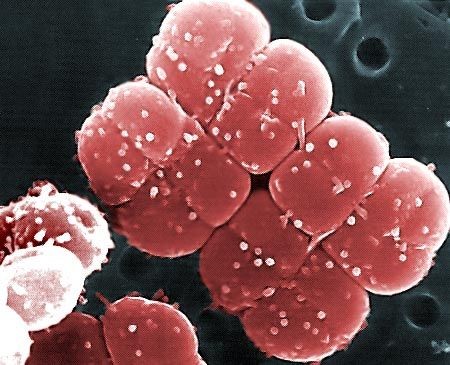
A bacterium can withstand high radiation
In the Guinness World Book of Records, D. radiodurans is listed as "the world's toughest bacterium." It's classified as an extremophile, a living thing capable of surviving and thriving in conditions too hot, cold, or chemically antagonistic for the majority of life on Earth.
It is uniquely resistant to radioactivity. Where 1,000 rads would kill a human within a couple of weeks, D. radiodurans can survived 1 million rads without breaking a sweat. At 3 million rads, significant numbers of the bacteria die, but a few still manage to survive.
and unhealthy ways.
D. radiodurans's trick to this remarkable durability is to have multiple copies of its chromosome and DNA repair molecules, enabling it to quickly take a similar strand of DNA and write it over the damaged kind.
Obviously, a bacterium this unique offers some exciting opportunities to humanity. First, it could be used for bioremediation, or the process of using microorganisms to clean up contaminated environments. In areas with high radioactivity, it can be and has been genetically modified to consume and digest heavy metals or other toxic materials. It's incredible ability to repair its DNA is of interest to researchers looking into slowing down the human aging process — which is really just accumulated DNA damage — or improving our resistance to radiation and cancer.
More whimsically, it could be used as a means of storing information to retrieve later after a nuclear apocalypse.
 English
English Arabic
Arabic


